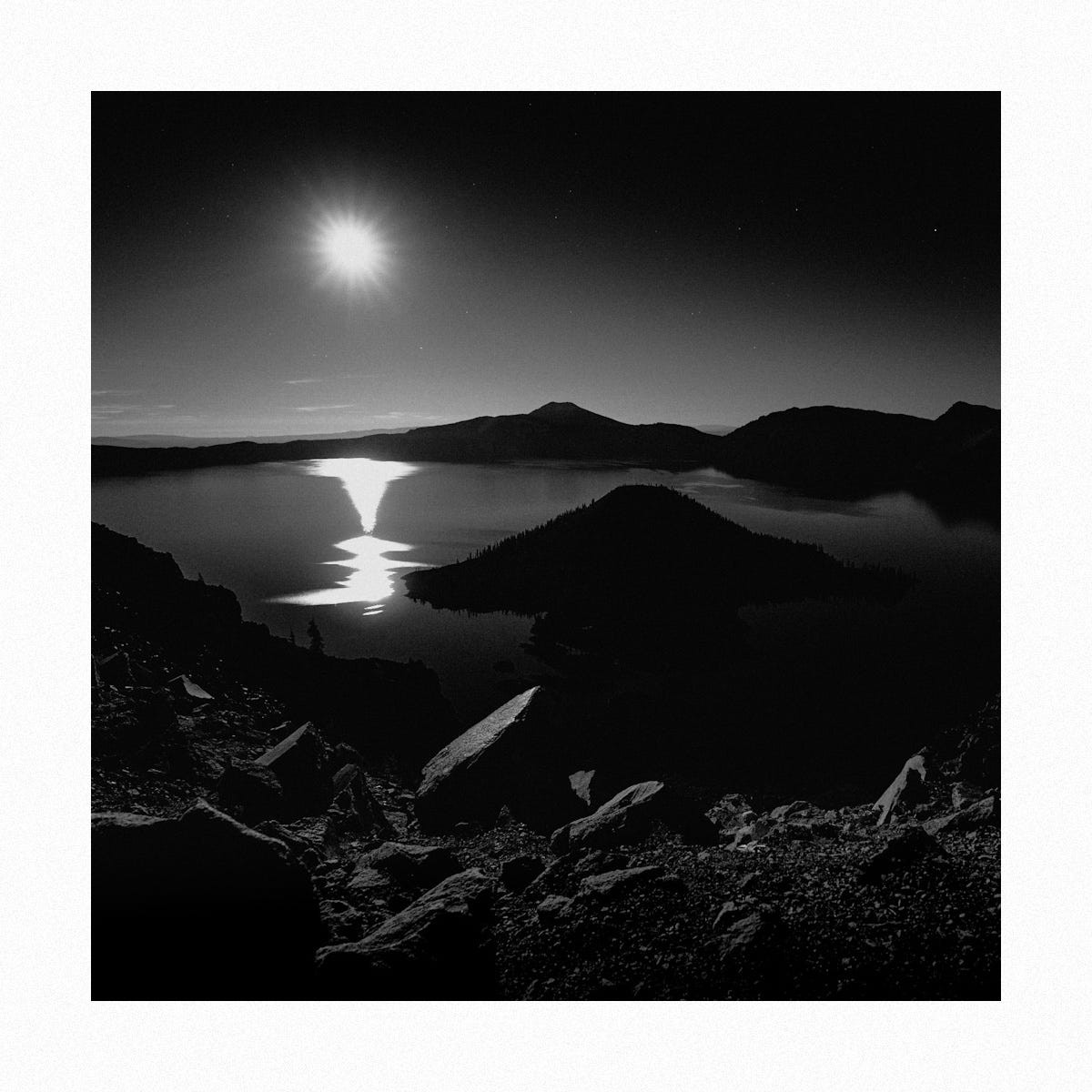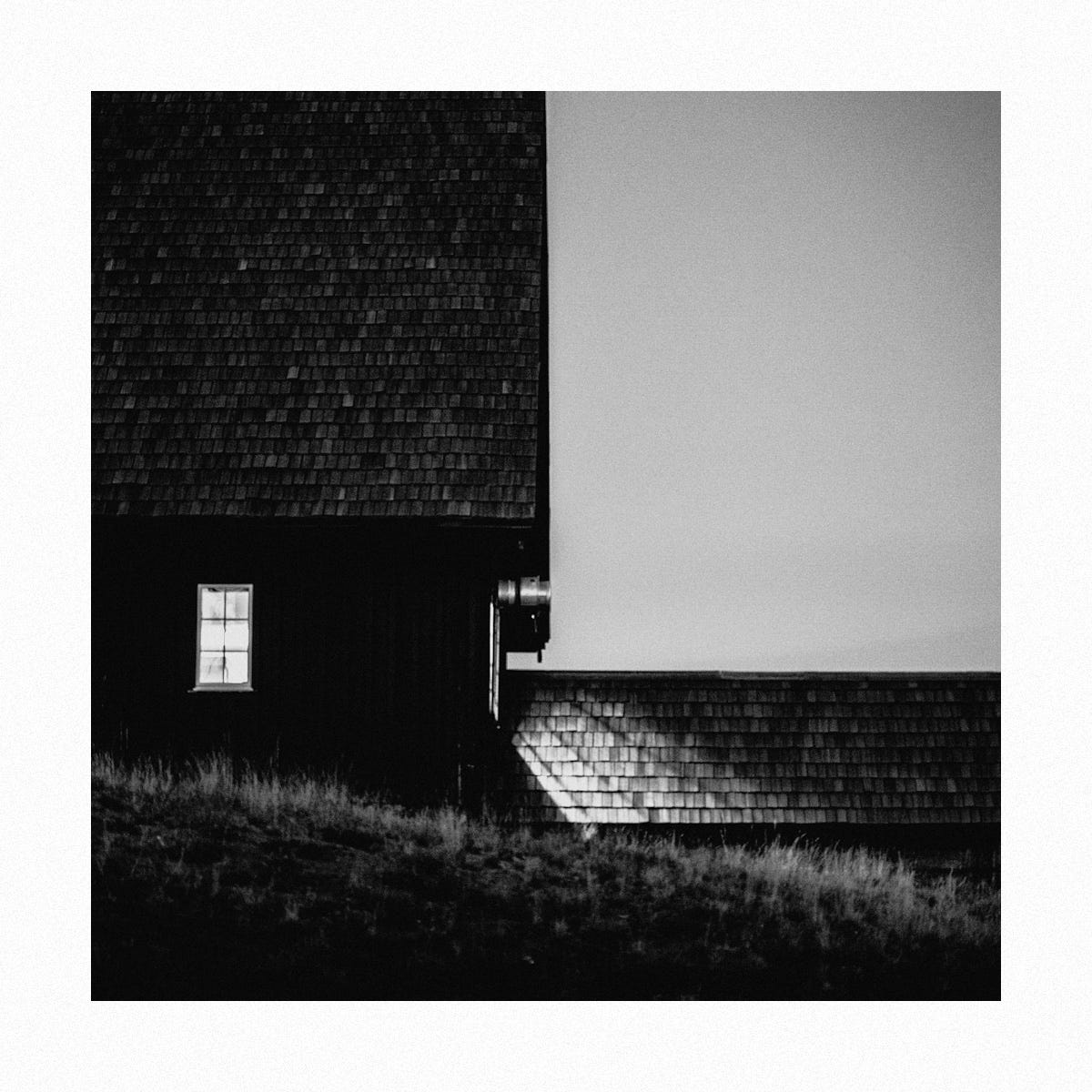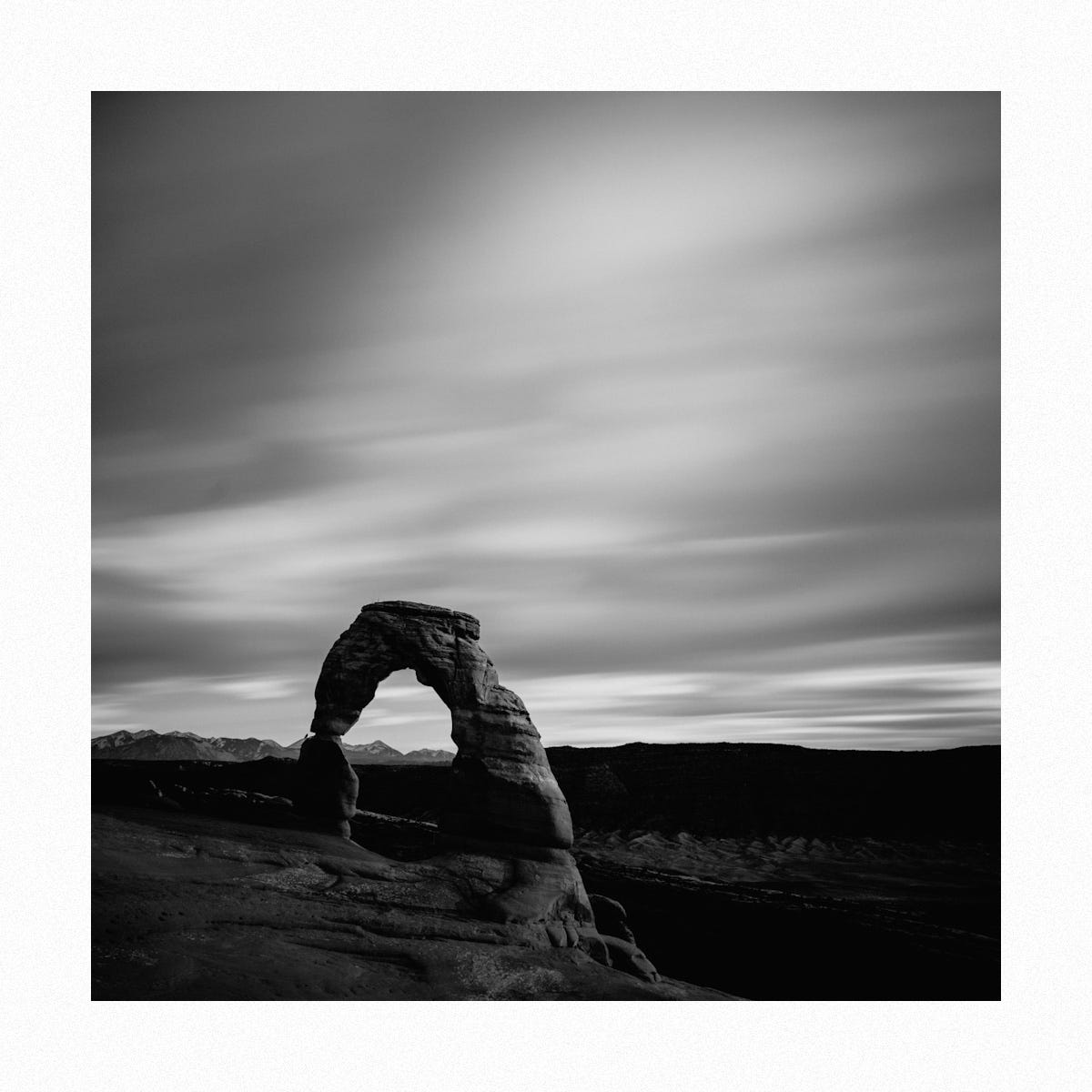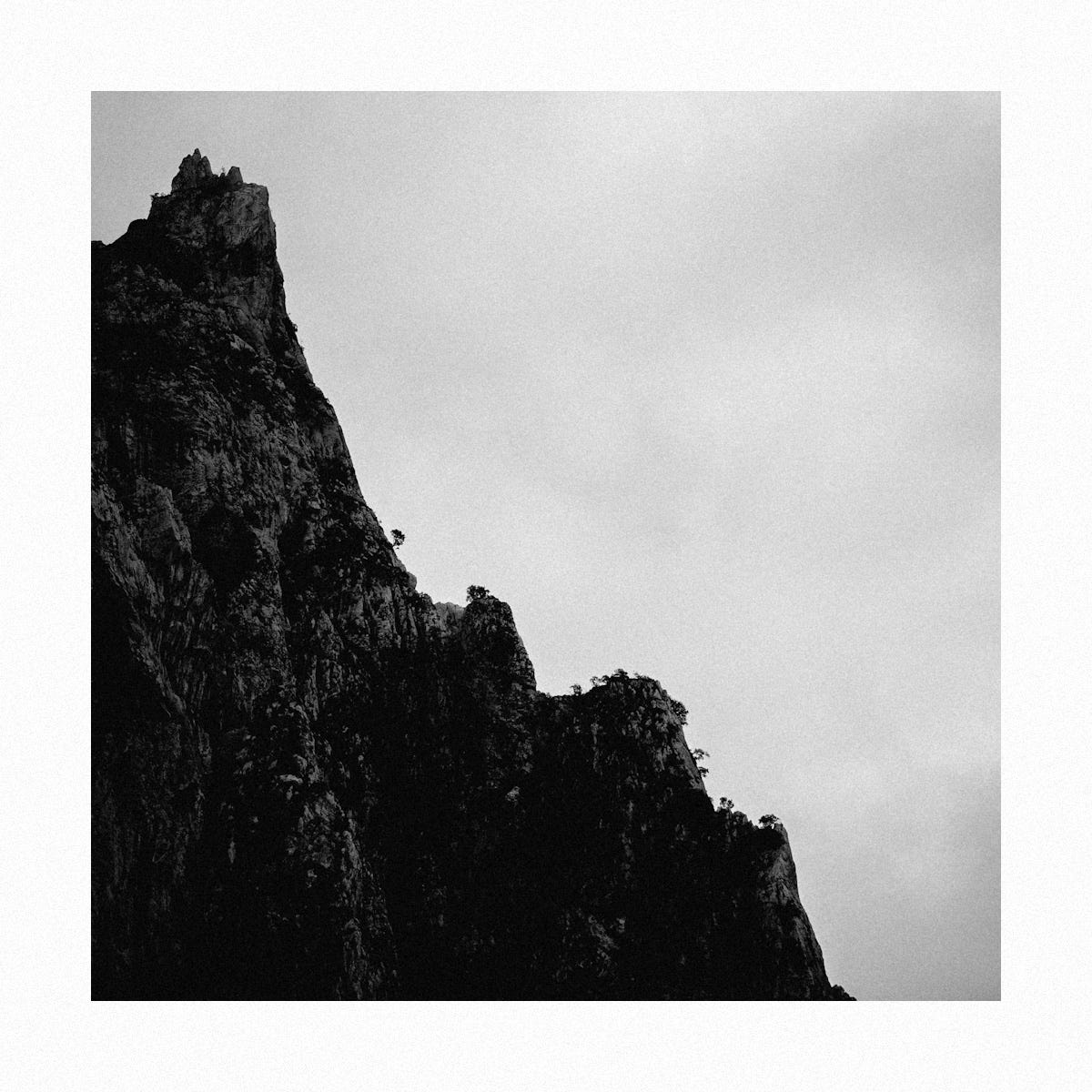aows #17
photography or digital art?
on image manipulation
How far can we go with photography? When does it stop being photography and start becoming something else, like digital art?
I've had plenty of conversations about this topic over the years. My opinion is: I don't know. I do believe there's a line, but it's up to each one of us as to where it is drawn.
Before talking about where I draw the line for my own work, let me clarify a couple of things. It is true that some of the most modern techniques -especially those powered by AI- were not possible just a few years ago, let alone back when everyone was using a darkroom. That being said, there's always been some kind of manipulation available to photographers: things like replacing skies and combining multiple exposures were already being performed in the 1800s.
"Photoshopping" a photograph is not something new, but the software did make it easier and more widely available. Back then, only those skilled in darkroom techniques were able to achieve decent results. Today, it's fast, easy, cheap... and it looks good.
So, where do I draw the line for myself?
If you've seen any of my videos where I edit some of my images, you know by now that I have no problem when it comes to removing distractions. I call them distractions because they do not add anything to the image, they actually subtract from it. Most of the time, that means small spots here and there. Sometimes, that means removing larger portions of the frame.
Some of the techniques I use in the field are too aimed at removing elements from the frame that distract from the main subject. Think long exposures: they remove detail from clouds and water, if not entire crowds of people.
In camera or in post, these techniques allow me to create the image I want to create. The one I saw when I pressed the shutter.
Let's talk about seeing for a second. I'm sure this has happened to you more than once: you run into a beautiful scene, you inspect it carefully and find the perfect angle, only to realize that you had missed the power lines that obstruct part of the subject or that bulldozer in the background that completely ruins the mood. We try, but there's no way to keep those elements out of the frame. What do you do? Do you give up? Do you take the shot and leave those elements on the final print?
My approach is to take the shot and try to remove them in post. They weren't there when I first saw the image, and I will do whatever I can to recreate the scene that matches the way I saw it.
While I embrace technology that lets me remove distractions, I don't add anything or create composites. This is just because my imagination isn't great, I don't see it. If I did, I wouldn't have any problem with those either.
Some will surely stop calling those images photographs, as in they do not represent reality. That's fine with me, that's why I don't call them photographs to begin with, they are images. But if you think about it, since when does photography capture reality as it is?
This image of mine shows what it seems to be a cabin in the woods in the middle of a snowstorm. At least that's what I saw when I was pressing the shutter. Besides some tweaking to the contrast, this image has no other manipulation done to it whatsoever.
Compare it to this one, of a few ducks flying over a creek. As you can see, I removed a lot of vegetation on the left side to make it more symmetrical and emphasize the focus on the ducks and the creek.
Which one do you think is more faithful to reality? You might think it is the image of the cabin, because there's no manipulation done to it. What I didn't tell you, though, is that it's not a cabin but a shed used for a farmers market. Right next door, there's a Family Dollar, and plenty of fast food restaurants. The image of the cabin might not have any manipulation done after the shot, but in my opinion, it is the one that deceives the most. Instead of the clone tool in Lightroom, it was the crop that distorted reality.
As I said at the beginning, it's up to each one of us to decide where we draw the line. The goal here is to create beautiful art and have fun doing it. Some enjoy transforming their images in post, some don't. Both approaches are fine.
I'd love you to share your thoughts on this with me. Please reply to this email and tell me what you think, how far you go with your photographs, and why.
new images
new videos
We talked about experimentation and consistency on the last newsletter. I made a video about it.
In the era of digital cameras, color is the default. Black and white is a choice, a creative choice. Many photographers aren’t aware that shooting in black and white with their digital cameras is even an option. Not only that, but thanks to new technologies, monochrome is easier and more accesible than ever. In this video, I talk about the why, when and how of black and white photography.
Last week, I got my first shot of the Covid vaccine. I’m very thankful for it, and I’m already starting to plan some trips -if only short ones. My hope is that most people will be able to travel safely by next fall, but after last year, it’s better not to get ahead of ourselves. One step at a time :)
Thank you so much again for being there. I hope you all have a great week!
Adrian












You've raised some interesting and important points, Adrian. I agree that it's for the artist to decide how they will use available tools. Thank you again for sharing your views and insight.
Excelente como siempre el newsletter ! Gracias